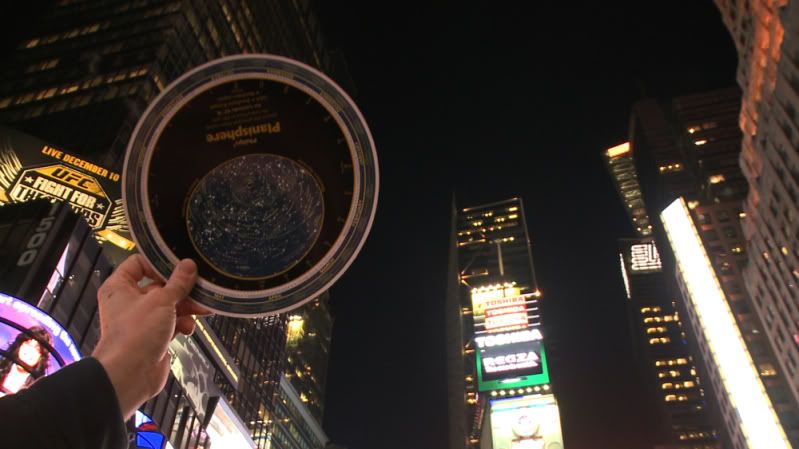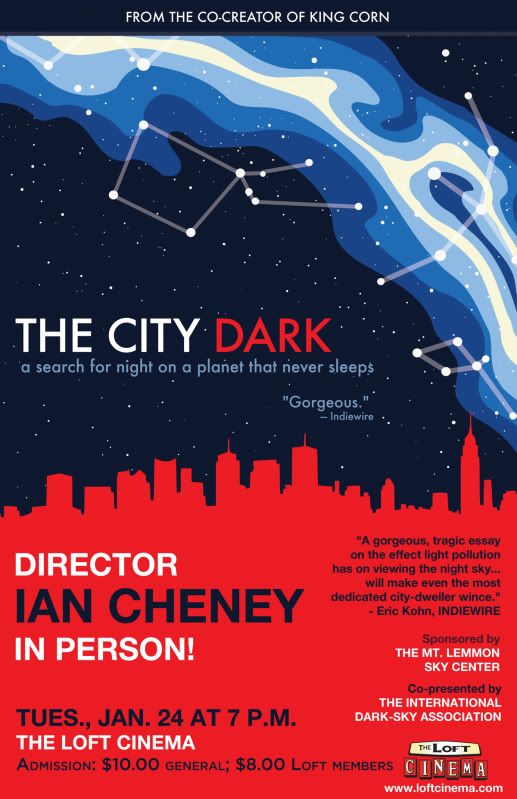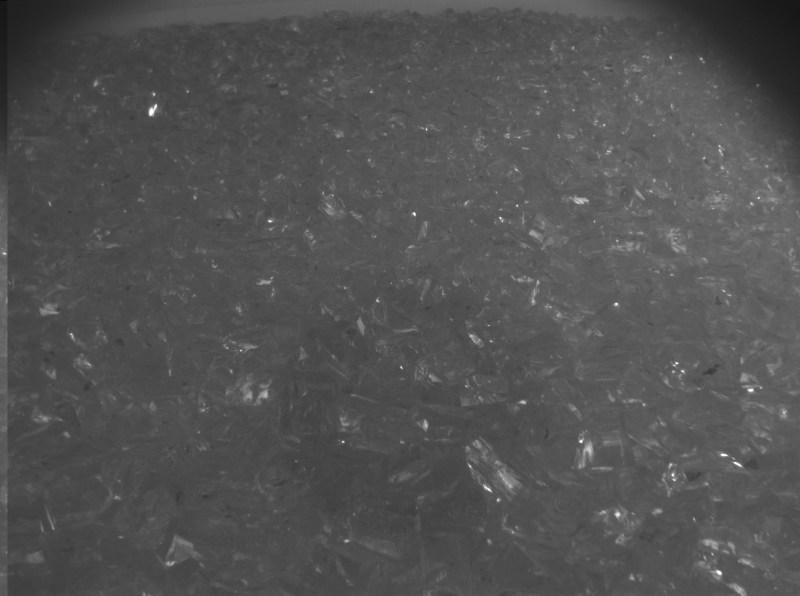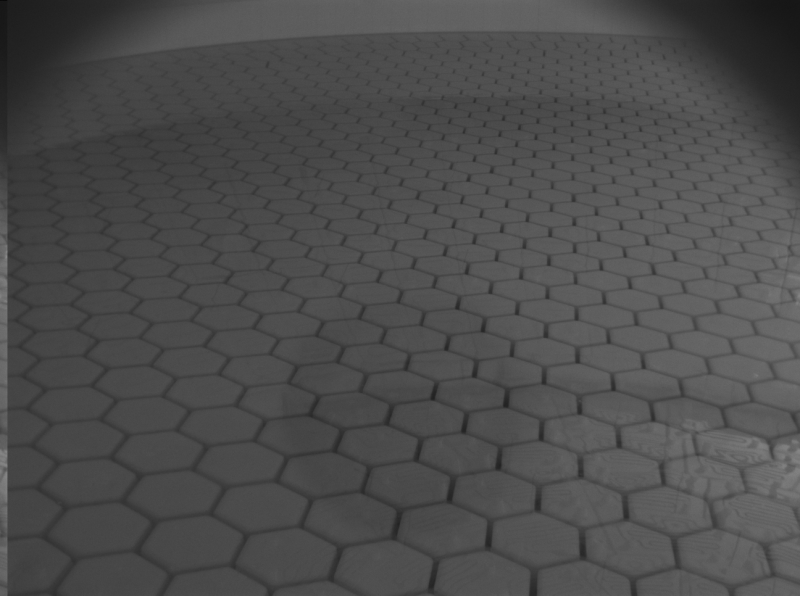The film is a feature documentary about light pollution and the disappearing night sky. After moving to light-polluted New York City from rural Maine, filmmaker Ian Cheney asks: "Do we need the dark?" Exploring the threat of killer asteroids in Hawai'i, tracking hatching turtles along the Florida coast, and rescuing injured birds on Chicago streets, Cheney unravels the myriad implications of a globe glittering with lights—including increased breast cancer rates from exposure to light at night, and a generation of kids without a glimpse of the universe above. Featuring stunning astrophotography and a cast of eclectic scientists, philosophers, historians, and lighting designers, THE CITY DARK is the definitive story of light pollution and the disappearing stars.
Featured in the documentary are astrophysicist Neil deGrasse Tyson, astronaut Don Pettit, astrophotographer Jack Newton, University of Arizona cosmologist Chris Impey & more.
The screening will be held at The Loft Cinema on Tuesday, January 24th at 7:00 p.m. Admission is $10 ($8 for Loft members) and a proceeds for this screening will go to help support the International Dark Sky Association. Director Ian Cheney will be on hand for a Q & A following the show. There will be cool astronomy prizes too from the Mount Lemmon SkyCenter and Kitt Peak National Observatory.
Don't worry if you wont be near Tucson the night of the 24th, as The City Dark will have screenings in many cities. Check out the full list here.
Be sure to check out the trailer for the film:




